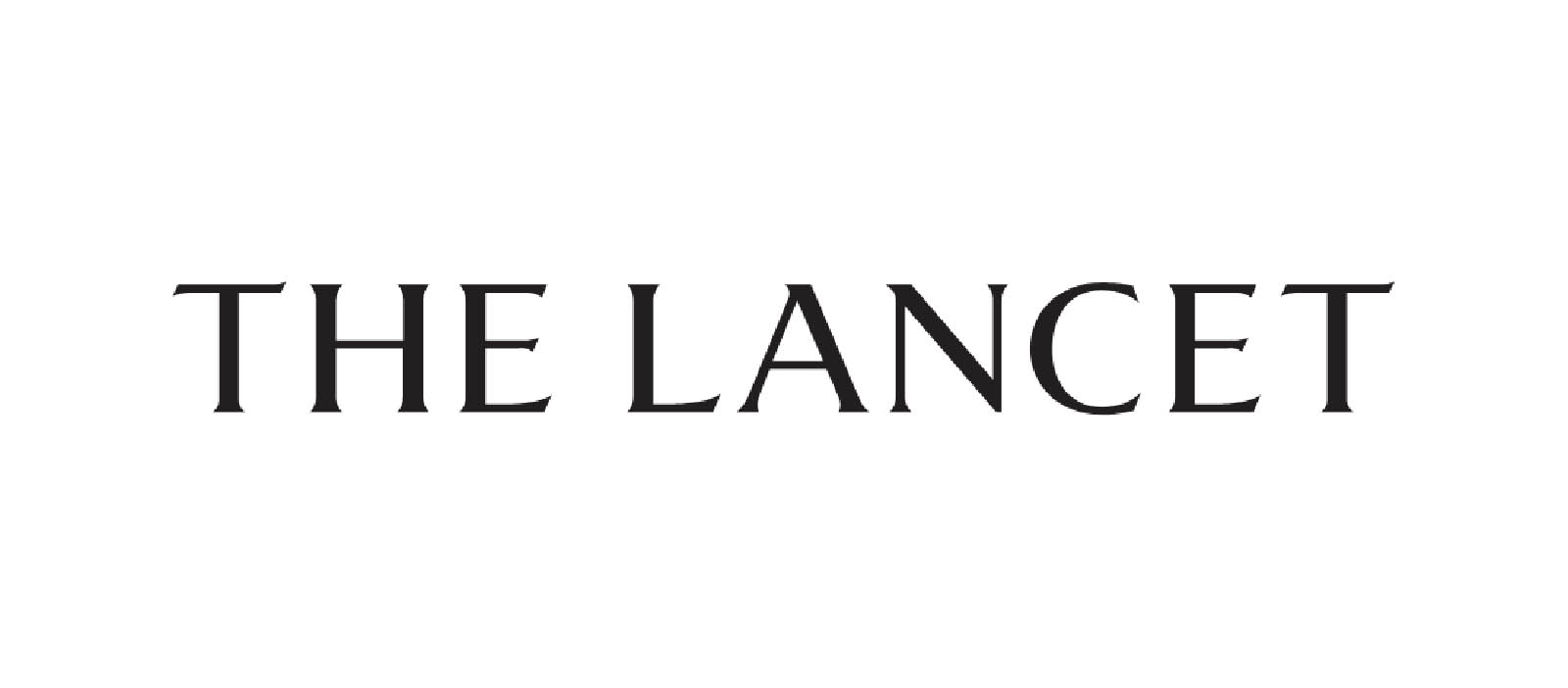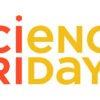Chris Piech et al., –
The Dutch ophthalmologist Herman Snellen invented his visual chart in 1862 and it has remained the basis for assessing visual acuity since then. The Snellen chart relies on assessing the ability to discriminate high contrast symbols (optotypes) by asking a person to identify rows of letters at a fixed distance, showing them increasingly smaller sizes. Yet quantifying how well an individual can distinguish visual information in a fast and reliable way is a surprisingly difficult task. Despite the ubiquity of chart-based visual acuity assessments, these tests suffer from some shortcomings. One factor is the subjective nature of human responses and the role of chance in a person’s responses. Imagine, for example, that a person happens to guess an optotype or two correctly by random chance, thus advancing to the next line even though their real acuity was at the previous line. Additionally, measurements from standardised eye charts do not include meaningful error bars or confidence intervals for the range in which the true answer is likely to lie. Analogue charts such as Snellen also have physical limitations. There are not enough optotype sizes to provide a granular measure of acuity, and the static nature of the physical chart or projector means that it is not adaptive to people’s responses.
Read the full article in The Lancet.





